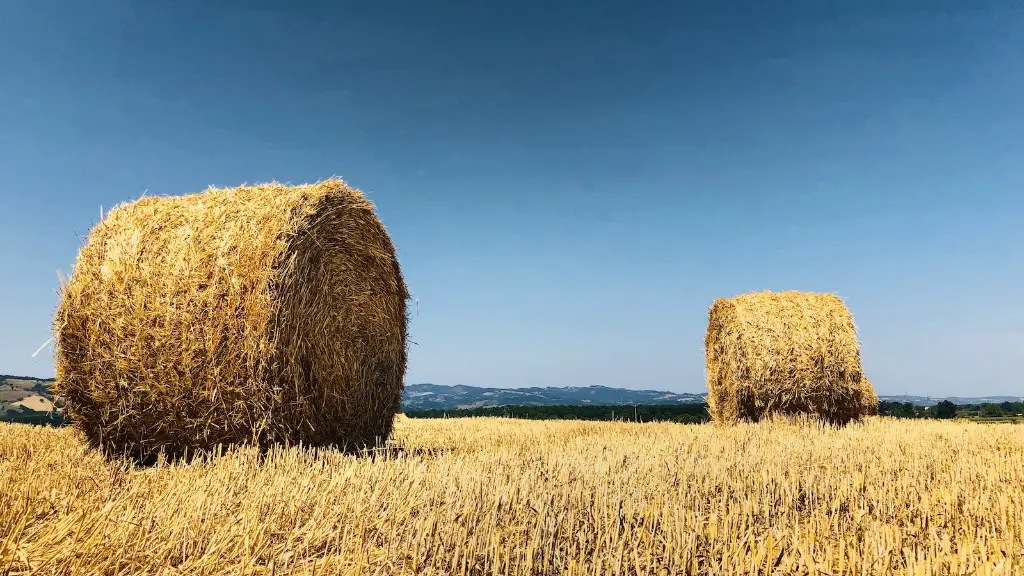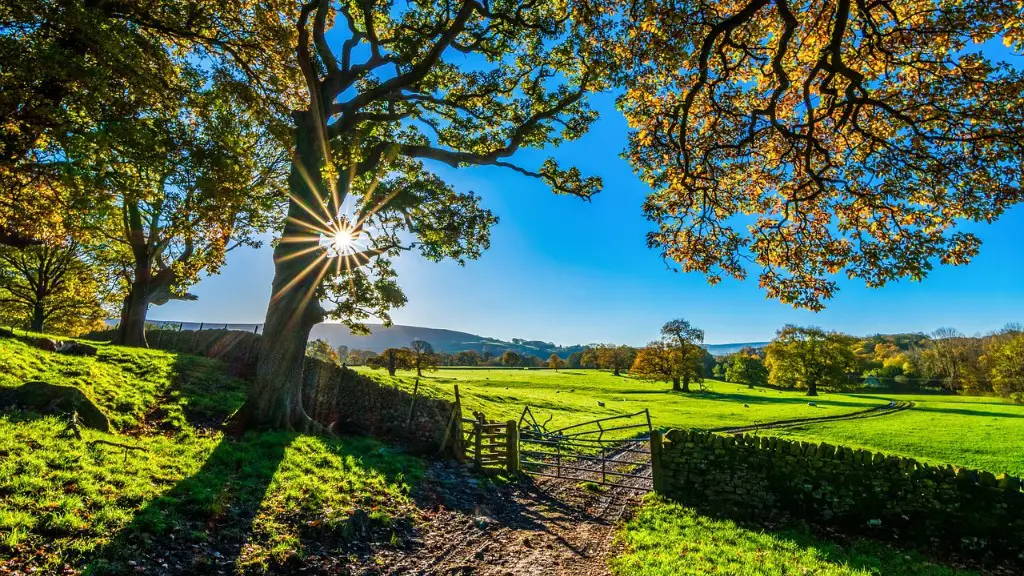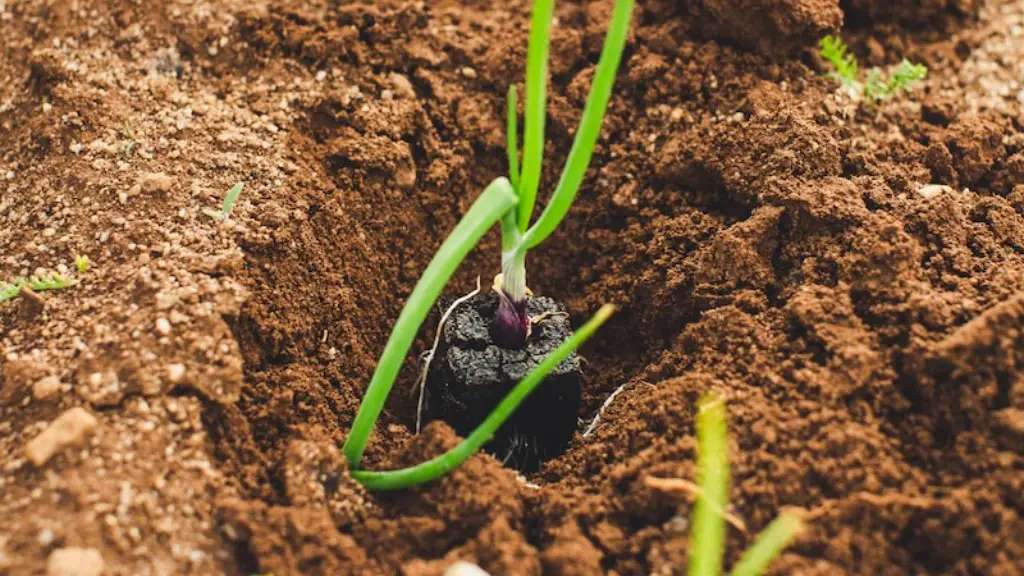The Dust Bowl of the 1930s had a major impact on agriculture in the United States. The dust storms of this period were the result of human-induced climate change that has had far-reaching consequences for food production and the environment. The prolonged drought, wind, and poor farming practices combined to ravage some of the most arid and fragile areas of the United States. Over a period of just four years, an estimated 300 million acres of cropland were affected with tremendous loss of agricultural yields. This would have a significant and long lasting effect on agricultural production throughout the United States.
Agriculture in the Dust Bowl States
Agriculture in the states affected by the Dust Bowl experienced drastically reduced yields, as many as two-thirds in some cases. The drought combined with the wind intensity of the storms loosened topsoil, creating huge sandstorms, causing further damage to what little was left of the crops. The loss of productive cropland resulted in exceptionally high rates of unemployment, poverty, and other social issues that would plague the affected areas for decades to come.
The Great Migration
The most visible effect of the Dust Bowl was the mass migration of people from their homes in the “Dust Bowl states” of Oklahoma, Arkansas, Kansas and Texas. The years of dust, drought and no income drove hundreds of thousands of people from their homes in search of better opportunities. This “Great Migration” of people would play an important role in reshaping the demographics of the United States for many years to come.
The Legacy of the Dust Bowl
The Dust Bowl years provided an important reminder of the fragile nature and vulneraibility of the environment. The mammoth dust storms of the period were a direct result of poor farming practices and the reckless exploitation of resources. The decades-long struggle to restore the ravaged lands of the midwest would eventually provide a valuable lesson in conservation.
Protecting Agriculture
The Dust Bowl tragedy highlighted the need to protect American agricultural resources in a sustainable way, and this led to the introduction of modern conservation practices such as crop rotation, cover crops, soil terracing and windbreaks. At the same time, regulations were enacted to manage water use, grazing and other factors that had put the land at risk. These protective measures have enabled the successful continuation of operations in the affected areas for decades since.
Government Interventions
The federal government also took significant steps to ensure the well-being of the agricultural industry through programs like the New Deal farm aid, which provided subsidies and grants to farmers to keep them afloat throughout the Dust Bowl years. The US Department of Agriculture also stepped in to put in place regulations and standards to limit soil erosion, crop losses and water depletion.
Economic Impact
The economic loss of the Dust Bowl crisis was considerable. Many farms were wiped out or extensively damaged, with some families even losing their homes. The economic ripples extended to the agricultural industry as a whole, as businesses that supplied farm inputs were also affected. The Dust Bowl years would serve as an enduring reminder of the vulnerability of the agricultural sector in a changing climate.
Impact on Wildlife
The Dust Bowl’s effects did not stop with crop losses and the disruption of human life. The storms destroyed habitat for countless species of birds, small animals, and other wildlife, and caused a significant decline in the numbers of many species. The heavy dust clouds also caused health issues for livestock and agricultural workers, leading to further losses in productivity.
Development of New Technologies
Homesteaders also had to adapt to the Dust Bowl by developing new technologies to cope with the extreme and unpredictable weather. Low-till farming, crop rotation and shelterbelts were some of the techniques employed to improve production in the dry and windy conditions. These practices are still used today in the agricultural industry, and many of them have been refined over the past decades.
The Role of Forecasts
Although the Dust Bowl situation could not have been entirely prevented, meteorological forecasts could have been used by farmers to better plan their operations and protect their land and assets. With access to better weather data, farmers could have been much more prepared for the extreme weather conditions of the time.
Enhanced Soil Conservation Efforts
The Dust Bowl disaster also led to an increased focus on soil conservation efforts. In the 1930’s, first the Civilian Conservation Corps and later the WPA and FSA began large-scale projects to help farmers develop windbreaks, terraces, and other strategies to trap soil and reduce water losses. These conservation efforts would continue for decades, providing a lesson in sustainable farming.
Development of Drought Resistant Crops
In an effort to provide farmers with a way to resist the harsh effects of drought and wind, the United States Department of Agriculture funded research into the development of drought-resistant crop varieties. The development of hybrid corn and other crops would eventually help increase yields and lay the foundation for the “green revolution” that would revolutionize the agricultural industry.


